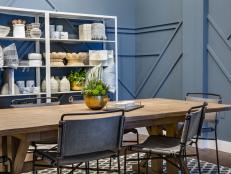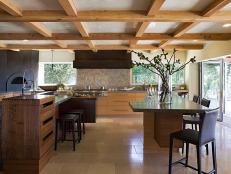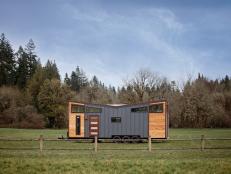1 / 10
Photo: Lane Dittoe Photography.
From:
Anthology Interiors.
Know the Reality of Remodel Timeframes
Materials such as tile, plumbing fixtures, appliances, flooring, cabinets and cabinet hardware can take 6 to 12 weeks to receive, says Anna-Marie Claassen with Anthology Interiors. "Generally, these are the items that can put a remodel to a grinding halt: For example, if the plumber doesn’t have some of the items, the contractor or builder might not have him come in for the job until everything is available." She advises that the most efficient way to remodel is to plan the design beforehand, order all of the materials, store them, if possible, and then begin the demolition process.












